There can be your advertisement
300x150
How to Place Art in Interior Design: Tips from Oxana Butman
Oxana Butman believes that the correct placement of art is key to a harmonious interior. Oxana readily shares the rules for working with artworks with her blog readers.
Oxana Butman is a designer and owner of the company ART4INTERIOR, which helps solve the problem of empty walls by using stylishly framed reproductions and photographs
Art is not only for the living room
Art is the soul of an interior: only with its presence do rooms come alive. Place art in all rooms of the interior, including the entrance hall, hallway, bathroom…
 Design: Oxana Butman
Design: Oxana ButmanStaircase landing...
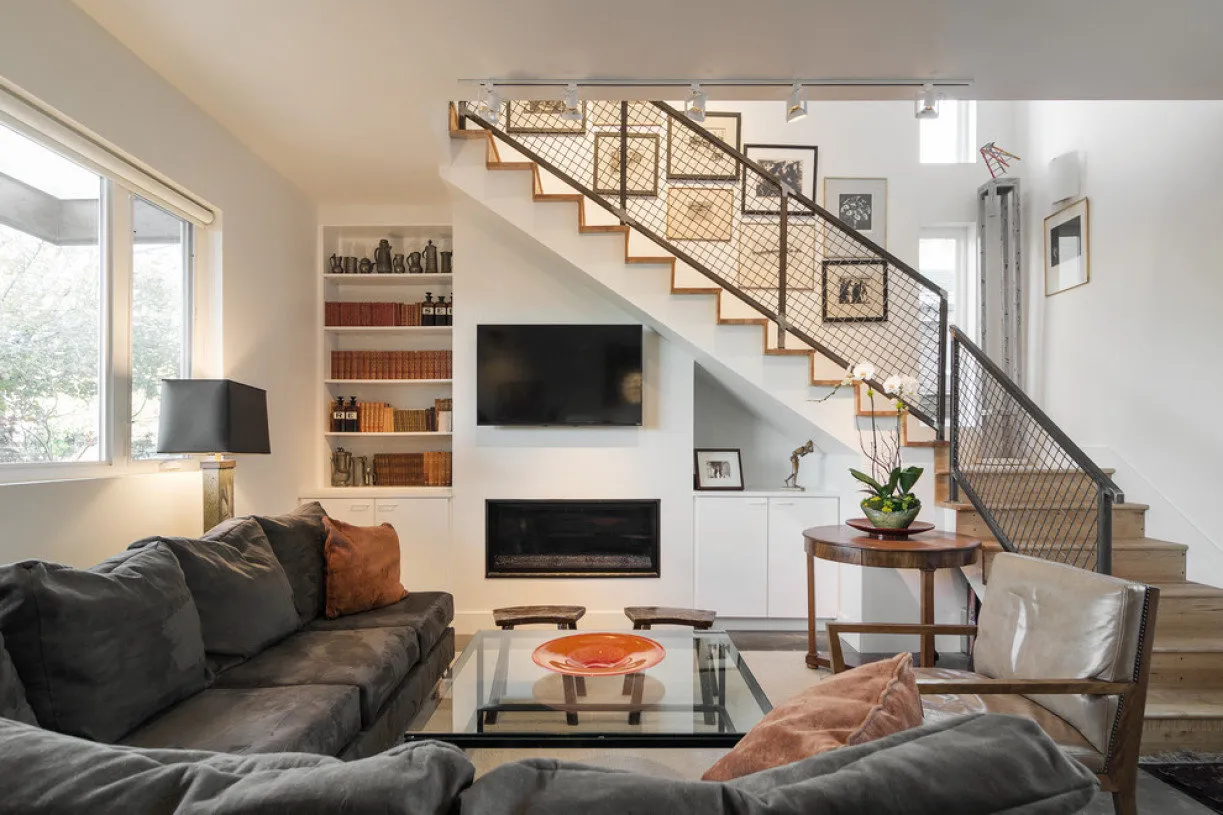
...and even the garage.
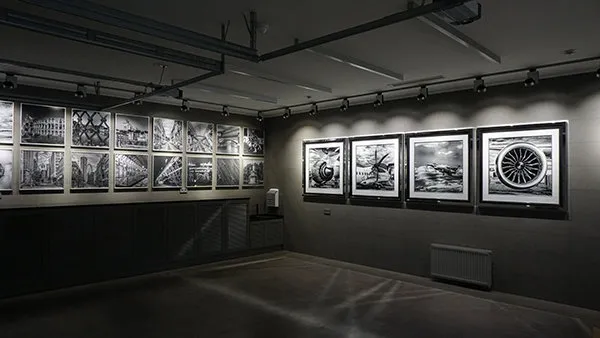 Design: Tatyana Tsivilieva
Design: Tatyana TsivilievaNot only on walls
Place them on dressers, console tables, wardrobes and shelves. To create volume and shadows, you can make a composition of works in different formats, partially overlapping.
 Project by designer Turner Pocock
Project by designer Turner Pocock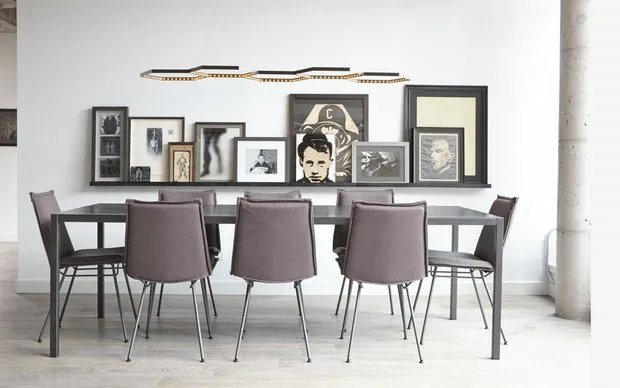 Project by Alisa Rose Design studio
Project by Alisa Rose Design studioPay attention to the size of the painting
This is the most important factor when choosing an artwork. A piece that is too large compared to surrounding furniture will look excessive, while one that is too small will appear insignificant. For example, as shown in the photo below.
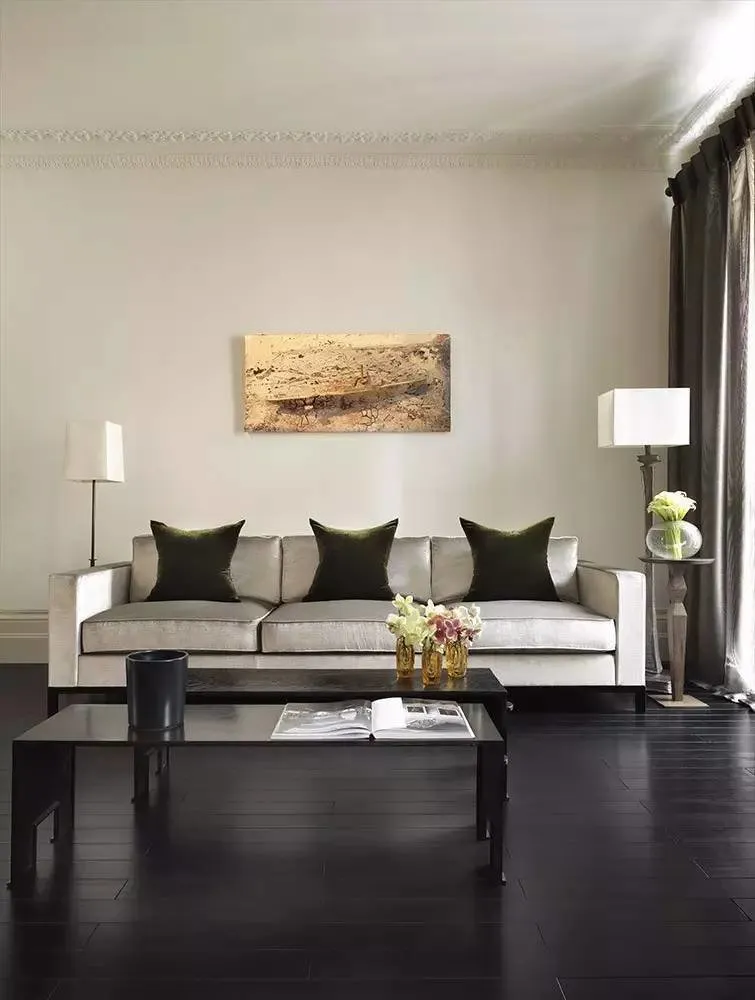 Project by designer Kelly Hoppen
Project by designer Kelly HoppenWatch out for the overall composition
Hanging one small vertical painting above a horizontal sofa surface or above a bed back is a mistake. A pair or trio of such paintings will work much better.
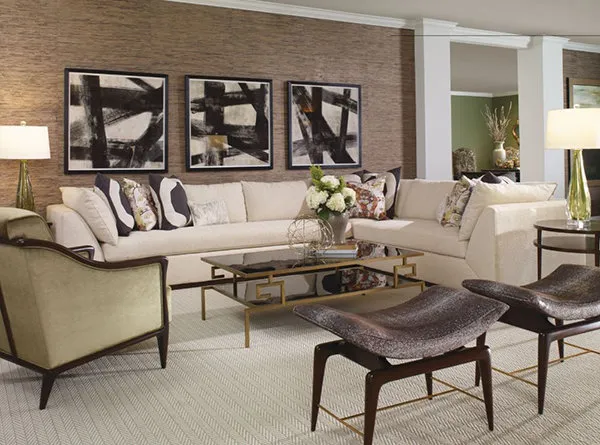
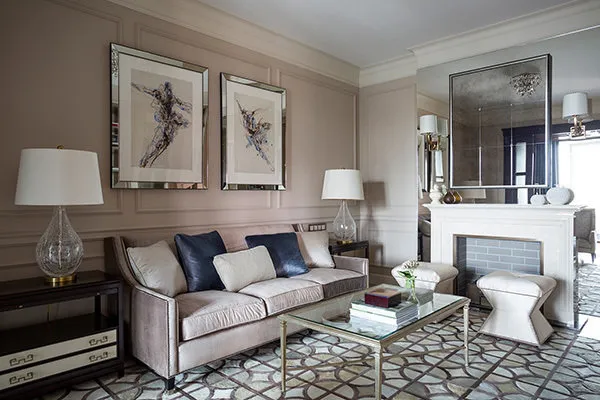 Project by designer Polina Pidzan
Project by designer Polina PidzanEnhance the impression of the fireplace area
A fireplace is often the central point of an interior. You can add dramatic effect to the fireplace zone with a piece of art.
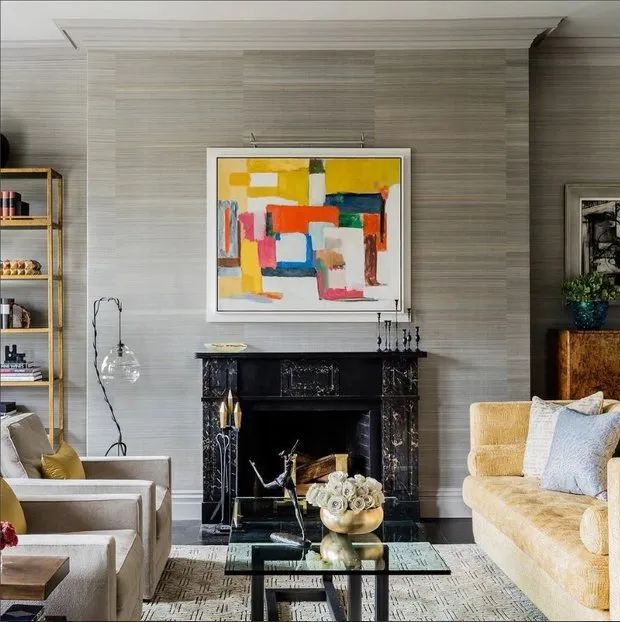 Project by Elms Interior Design studio
Project by Elms Interior Design studioRemember horizontals and verticals
A horizontal row of paintings will set the rhythm in a room. A vertical row will stretch the space upwards and break its straightness, as shown in the photo below.
A vertical column of paintings or photographs is a good way to separate one space from another: for example, the kitchen from the living room area.
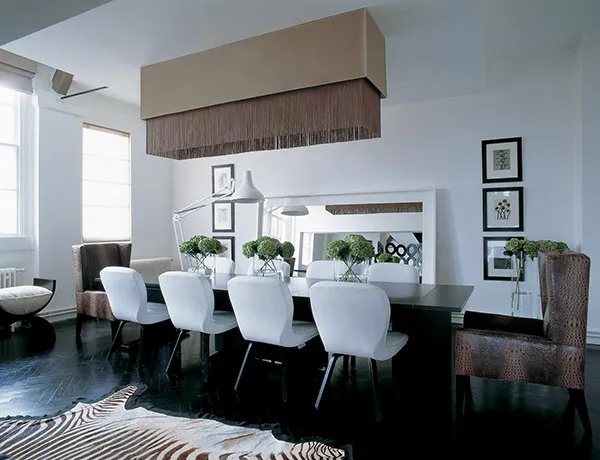 Project by designer Kelly Hoppen
Project by designer Kelly HoppenArtworks placed on both sides of a corner will create color accents and an illusion of depth, softening the sharpness of corners. The secret is to hang completely identical paintings or photographs at equal distances from the corner and floor.
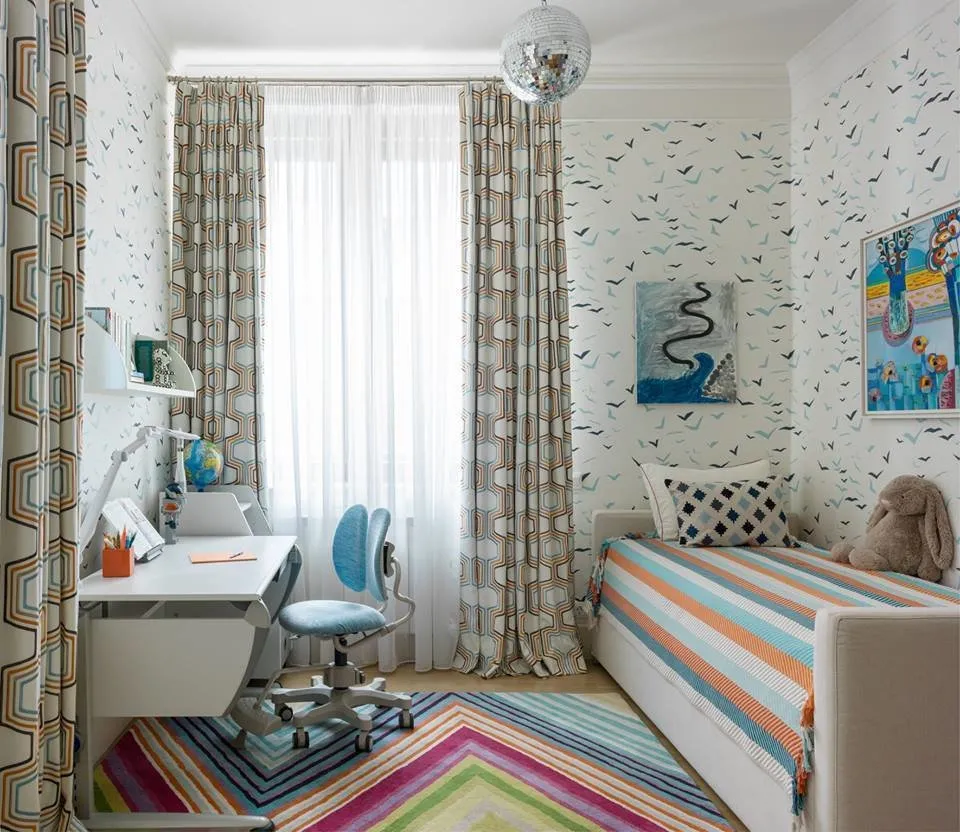 Design: Oxana Butman
Design: Oxana ButmanThe most challenging part is hanging paintings under slanted ceilings, such as under a staircase or in a loft. You need to arrange paintings of different heights so that the higher the walls, the taller the paintings, while connecting the lower corners of the paintings to the floor line and duplicating the upper wall line.
No large art piece? Create an art gallery!
It's always better to hang all paintings on one wall rather than scatter them throughout the space. This is not an easy task, as it requires fitting all paintings into a given space and form, combining frames and subjects.
 Project by foley & cox design studio
Project by foley & cox design studioBe bold!
There's no need to fear making holes in painted walls — they are easily spackled and repainted. Unfortunately, the fear of making holes in a wall leads to a multi-year problem of empty walls.
 Hang paintings strictly according to plan
Hang paintings strictly according to planIf you're planning to hang many paintings of different shapes and sizes, first determine the wall size, use tape on the floor to mark boundaries, lay down packaging or other paper, arrange the paintings or photographs on it, trace their outlines, cut out templates and hang the paintings on the wall using painter's tape.
Once you've settled into the composition, mark on the templates where the nail holes should be placed and hammer the nails directly through the paper, then remove it and hang the painting or photograph on the nail.
 Position paintings at the right height
Position paintings at the right heightThis depends on the size of the artwork and the furniture nearby. You should try to connect the art with furniture rather than hang it as if floating.
 Project by designer Oxana Butman
Project by designer Oxana ButmanIf you're sitting, it's pleasant to see the painting directly in front of your eyes without having to crane your neck. The optimal distance between the painting and the furniture surface is about 10–20 cm. Separately hanging small paintings are usually centered at eye level or slightly below.
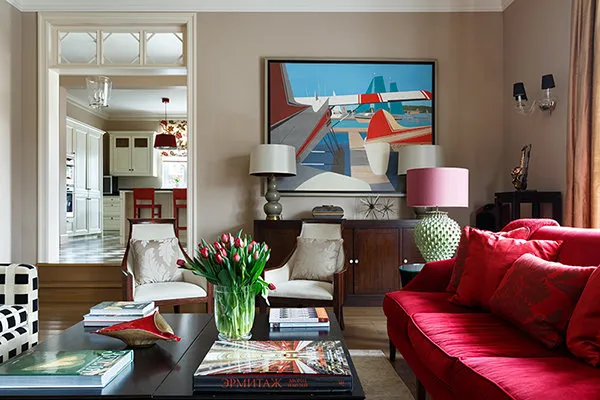 Project by designer Oxana Butman
Project by designer Oxana ButmanMore articles:
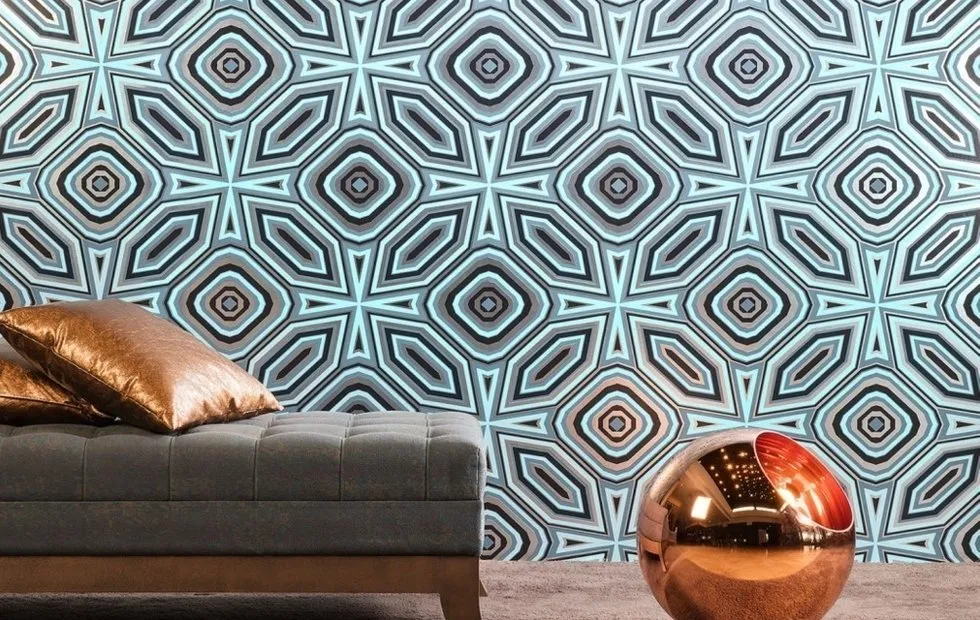 Fashionable Interior 2018 – What Is It?
Fashionable Interior 2018 – What Is It?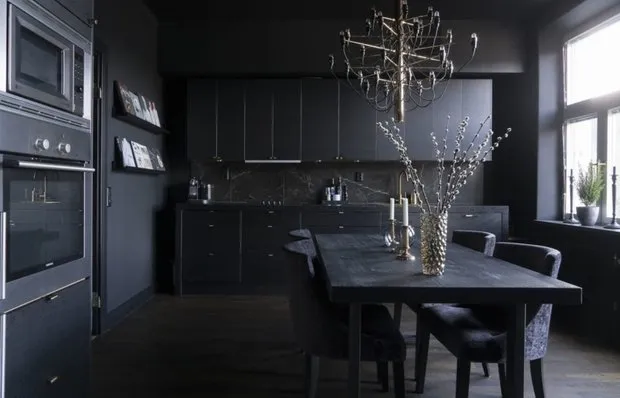 Absolutely Black Apartment in Sweden
Absolutely Black Apartment in Sweden 5 Stylish Interiors in Khrushchyovkas
5 Stylish Interiors in Khrushchyovkas Expert Opinion: 8 Features of Apartment Renovation in New Construction
Expert Opinion: 8 Features of Apartment Renovation in New Construction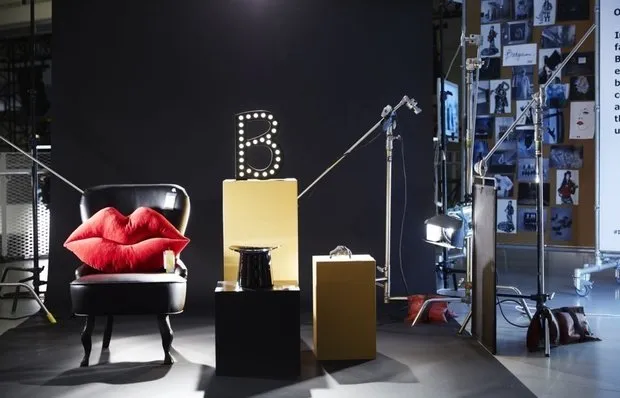 IKEA Surprises: 10 Items from Collaboration with Madonna Stylist
IKEA Surprises: 10 Items from Collaboration with Madonna Stylist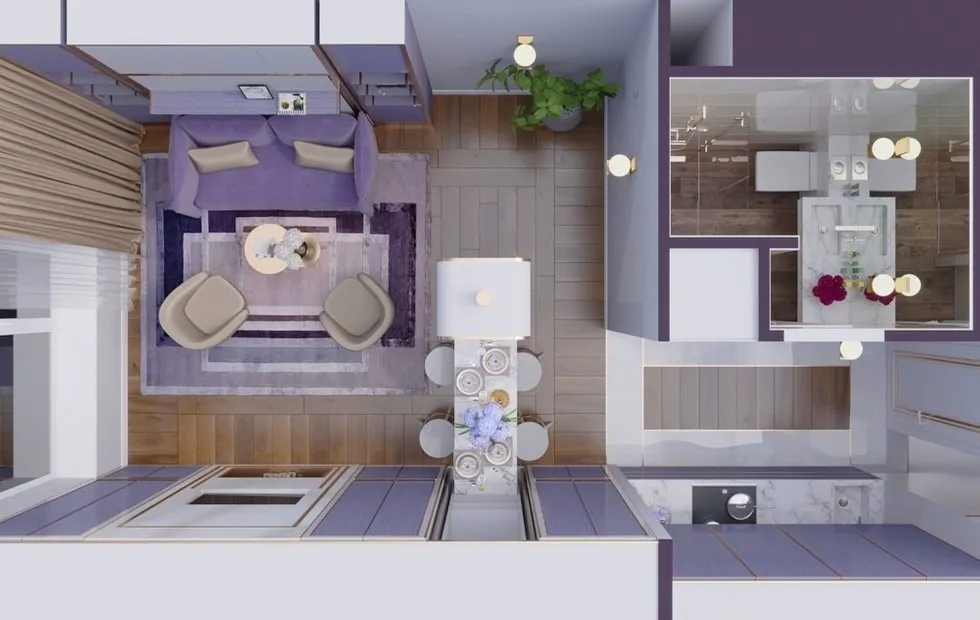 Stylish Studio for a Couple: Victoria Kiorsak's Project
Stylish Studio for a Couple: Victoria Kiorsak's Project 4 Mistakes That All Beginning Designers Make
4 Mistakes That All Beginning Designers Make Design of a Small Bedroom: 5 Examples + Great Products
Design of a Small Bedroom: 5 Examples + Great Products